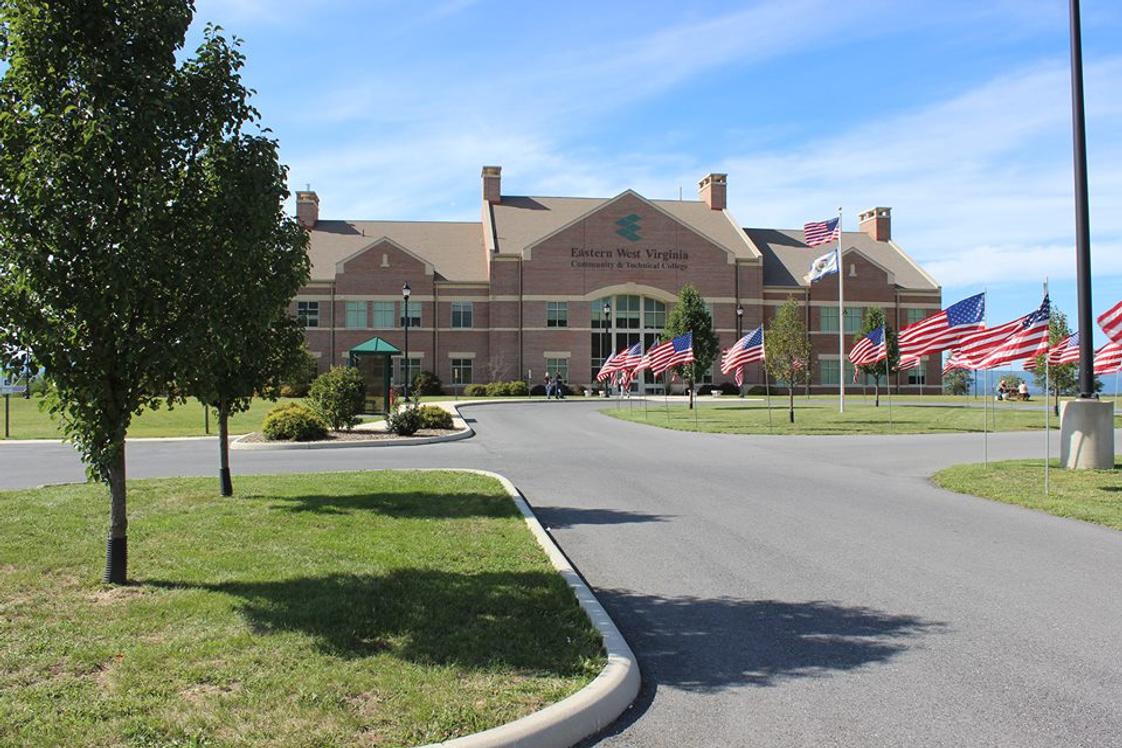The average community college acceptance rate in West Virginia is approximately 93% per year (2025).
The most selective college in West Virginia is currently Mountain State College, with an acceptance rate of 75%.
Acceptance Rate Range: 75%
100%
Avg. Acceptance Rate: 93%
Most Selective Community Colleges in West Virginia (2025)
College
Acceptance Rate
Location
Rank: #11.
Mountain State College
Private for-profit
Acceptance Rate: 75%
1508 Spring St
Parkersburg, WV 26101
(304) 485-5487
Parkersburg, WV 26101
(304) 485-5487
Rank: #22.
Acceptance Rate: 97%
219 Rock Street
Bluefield, WV 24701
(304) 327-4000
Bluefield, WV 24701
(304) 327-4000
Rank: #3 - 43. - 4.
Martinsburg College
Private for-profit
Acceptance Rate: 100%
341 Aikens Center
Martinsburg, WV 25404
(304) 945-0656
Martinsburg, WV 25404
(304) 945-0656
Rank: #3 - 43. - 4.
Acceptance Rate: 100%
316 Eastern Drive
Moorefield, WV 26836
(304) 434-8000
Moorefield, WV 26836
(304) 434-8000
Frequently Asked Questions
What is the West Virginia average community college acceptance rate?
The West Virginia average community college acceptance rate is 93% for 2025.
What are the most selective community college in West Virginia?
The most selective community college in West Virginia include Mountain State College, Bluefield State University and Martinsburg College.
Recent Articles

Obtaining Your Bachelor's Degree at a Community College
Explore the evolving landscape of community colleges offering bachelor's degrees, addressing affordability, accessibility, and workforce needs.

A to Z of Community College Certificates and Courses
From business and healthcare to technology and skilled trades, the article showcases the breadth of options available to students seeking to enhance their knowledge, develop new skills, or pursue career advancement.

What is a Community College?
This comprehensive guide explains what a community college is, its history, and its role in higher education. It covers the types of programs offered, differences from four-year colleges, benefits of attending, and important considerations for prospective students, providing valuable insights for those exploring educational options.




